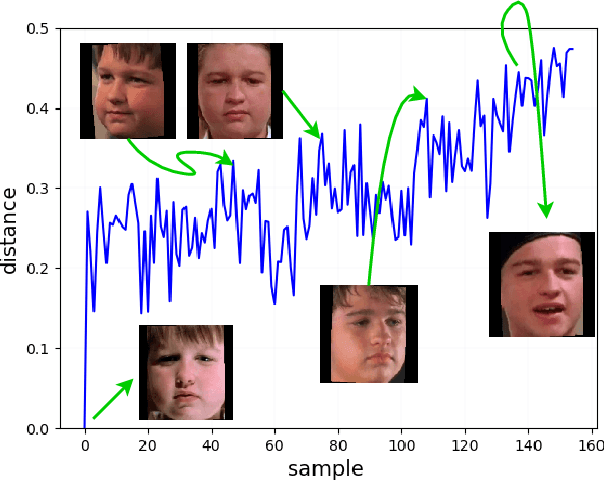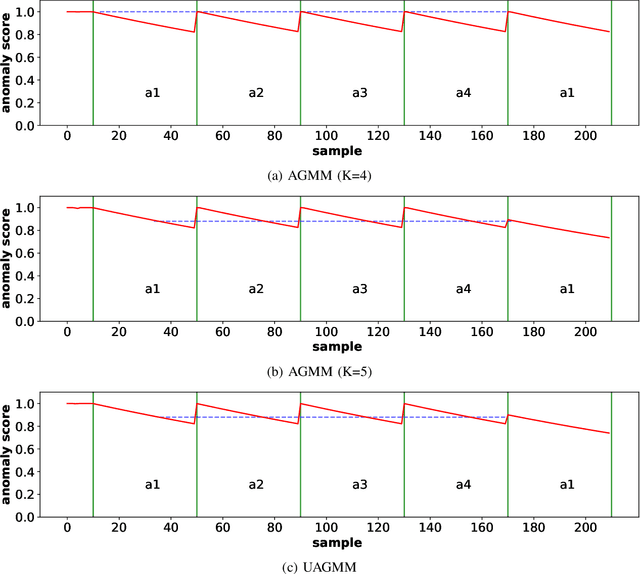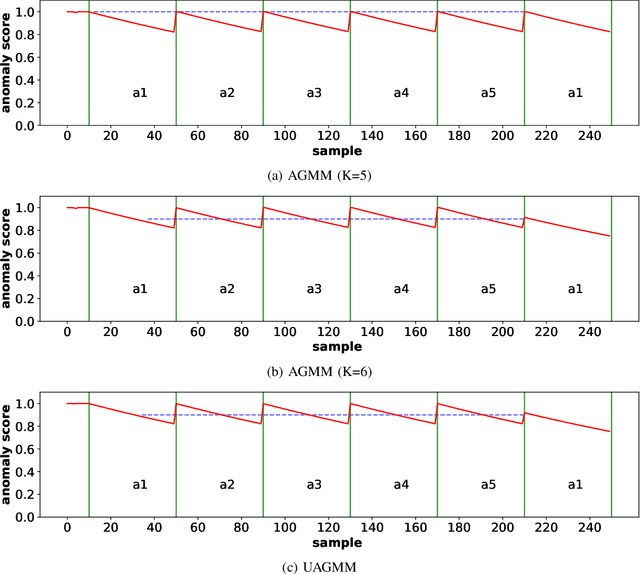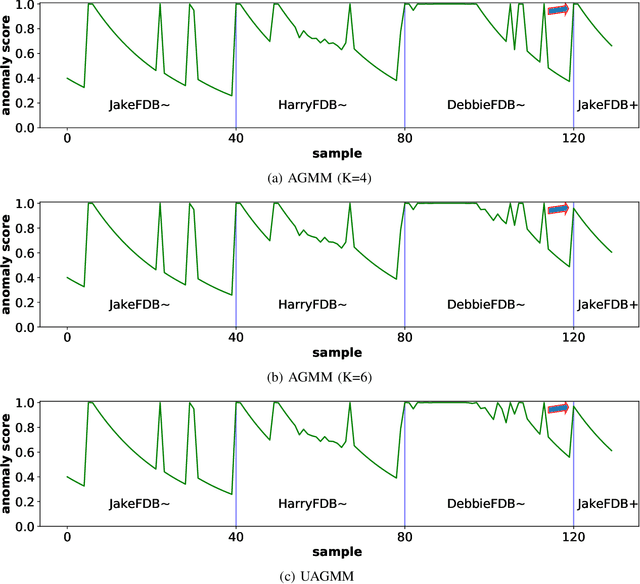Concept Drift Challenge in Multimedia Anomaly Detection: A Case Study with Facial Datasets
Paper and Code
Jul 27, 2022



Anomaly detection in multimedia datasets is a widely studied area. Yet, the concept drift challenge in data has been ignored or poorly handled by the majority of the anomaly detection frameworks. The state-of-the-art approaches assume that the data distribution at training and deployment time will be the same. However, due to various real-life environmental factors, the data may encounter drift in its distribution or can drift from one class to another in the late future. Thus, a one-time trained model might not perform adequately. In this paper, we systematically investigate the effect of concept drift on various detection models and propose a modified Adaptive Gaussian Mixture Model (AGMM) based framework for anomaly detection in multimedia data. In contrast to the baseline AGMM, the proposed extension of AGMM remembers the past for a longer period in order to handle the drift better. Extensive experimental analysis shows that the proposed model better handles the drift in data as compared with the baseline AGMM. Further, to facilitate research and comparison with the proposed framework, we contribute three multimedia datasets constituting faces as samples. The face samples of individuals correspond to the age difference of more than ten years to incorporate a longer temporal context.
 Add to Chrome
Add to Chrome Add to Firefox
Add to Firefox Add to Edge
Add to Edge